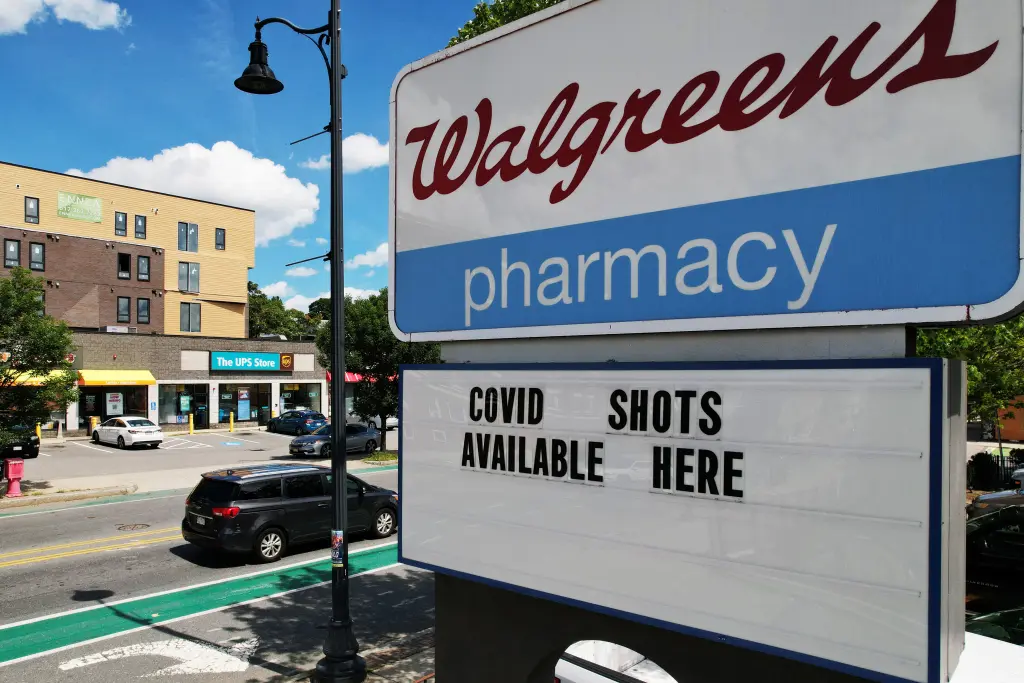Customers across the country seeking the latest COVID-19 vaccine booster faced a startling revelation: high unexpected costs. Popular pharmacies like Walgreens and CVS have left clients reeling from the sticker shock, with charges ranging from $125 to $200 for the new vaccine doses.
Glen Cote from Acton, Massachusetts, expressed his dismay to WBZ-TV upon discovering the $190.99 price tag for his booster. “Nightmare is the term that springs to mind,” he remarked. And he’s far from alone. A flurry of social media posts shows similar frustrations over these unanticipated costs.
In some cases, pharmacists proactively reached out to clients, warning them of the steep fees and suggesting rescheduling. The Albany Times Union traced these surprise expenses back to pharmacy chains racing to stock the newly FDA-approved vaccine. The rush led to ordering the shots before certain insurance plans integrated the new billing codes. A spokesperson from CVS highlighted the challenge, stating, “Some payers are still in the process of updating their systems and might not have the infrastructure for the new COVID-19 vaccines.”


It’s crucial to recall that during the federal COVID-19 Public Health Emergency declaration, which concluded earlier this year, COVID vaccines were freely accessible. KFF (Kaiser Family Foundation) notes that commercial, Medicare, and Medicaid insurance plans should shoulder vaccination expenses, eliminating any co-pays for recipients.
For those without insurance coverage, there are avenues for obtaining free vaccines. They can approach local health centers, state or regional health departments, or pharmacies participating in the CDC’s Bridge Access program.
This new booster primarily targets the XBB variant but also offers a defense against other emerging strains. Given the escalating COVID cases with the onset of colder weather, the CDC recently advised that individuals aged six months and older should consider a booster this fall.
State health data indicates a gradual uptick in COVID cases in the past months. As of last Friday, approximately 650 individuals were hospitalized, with 63 in intensive care units. This contrasts with a low of 150 hospitalizations in late June. The highest hospitalization count this year was in early January, with around 1,950 inpatients.
For More Information: Reach out to the Centers for Disease Control and Prevention or your local health department for guidance on COVID-19 boosters and vaccinations.
Sources: Reports from WBZ-TV, The Albany Times Union, and statistics from the state Health Department.



